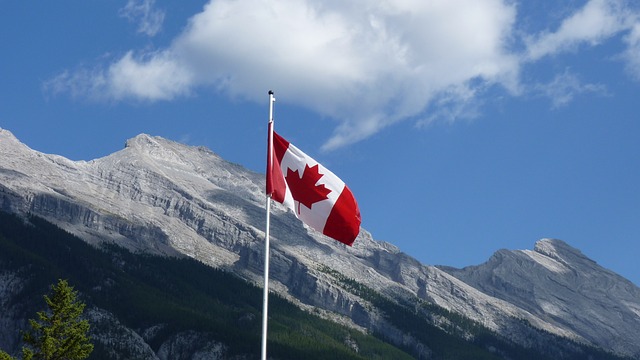A deep-dive into Canada’s record-breaking wildfire smoke emissions, exploring their unprecedented impact on air quality and climate change. This article delves into the reasons behind these escalating occurrences, their impacts on the environment, and strategies to mitigate future disasters.
The recent surge in Canada’s wildfire smoke emissions has hit a record-breaking high, marking an alarming milestone in the nation’s struggle with climate change and raising concerns about future air quality.
Understanding The Catastrophe
The increasing severity and frequency of wildfires across Canada have made headlines worldwide. Particularly disturbing is the substantial rise in wildfire smoke emissions, which have now reached record-breaking levels. The implications are immense, not just for Canada but globally, as these emissions significantly contribute to climate change and deteriorate air quality. The reasons behind this escalation are complex, involving a mix of climatic, environmental, and human factors.
Climate Change: A Major Culprit
Climate change has played a pivotal role in this crisis, making the environment more susceptible to wildfires. Rising temperatures, lengthier droughts, and shifts in precipitation patterns have created ideal conditions for fires to ignite and spread. These changing conditions, coupled with human activities like deforestation and urbanization, have exacerbated the wildfire situation in Canada.
Impact On Air Quality
The record-breaking smoke emissions from these wildfires have had a profound effect on air quality. Dense smoke plumes, filled with harmful particulates and gases, can travel thousands of kilometers, affecting regions far from the wildfire’s epicenter. They pose serious health risks, especially for vulnerable groups such as children, the elderly, and those with respiratory conditions.
The Climate Change Feedback Loop
An often-overlooked aspect of these emissions is their contribution to climate change, creating a vicious feedback loop. The smoke released by wildfires contains substantial amounts of carbon dioxide, a potent greenhouse gas. This increases the concentration of greenhouse gases in the atmosphere, further accelerating global warming and, in turn, potentially leading to more wildfires.
Mitigation and Adaptation: The Way Forward
Addressing this crisis requires both mitigation and adaptation strategies. On the mitigation front, reducing greenhouse gas emissions is paramount. This involves transitioning to renewable energy sources, implementing sustainable agricultural practices, and protecting and restoring forests.
Adaptation strategies, on the other hand, involve making communities more resilient to wildfires. This includes improving early warning systems, investing in fire-resistant infrastructure, and developing effective emergency response protocols.
Conclusion
The record-breaking wildfire smoke emissions in Canada are a stark reminder of the escalating climate crisis. Concerted, global efforts are essential to mitigate greenhouse gas emissions, adapt to changing conditions, and safeguard our future. By doing so, we can not only address the immediate air quality issues but also aim to disrupt the climate change feedback loop that risks plunging us into an unending cycle of environmental disasters.












